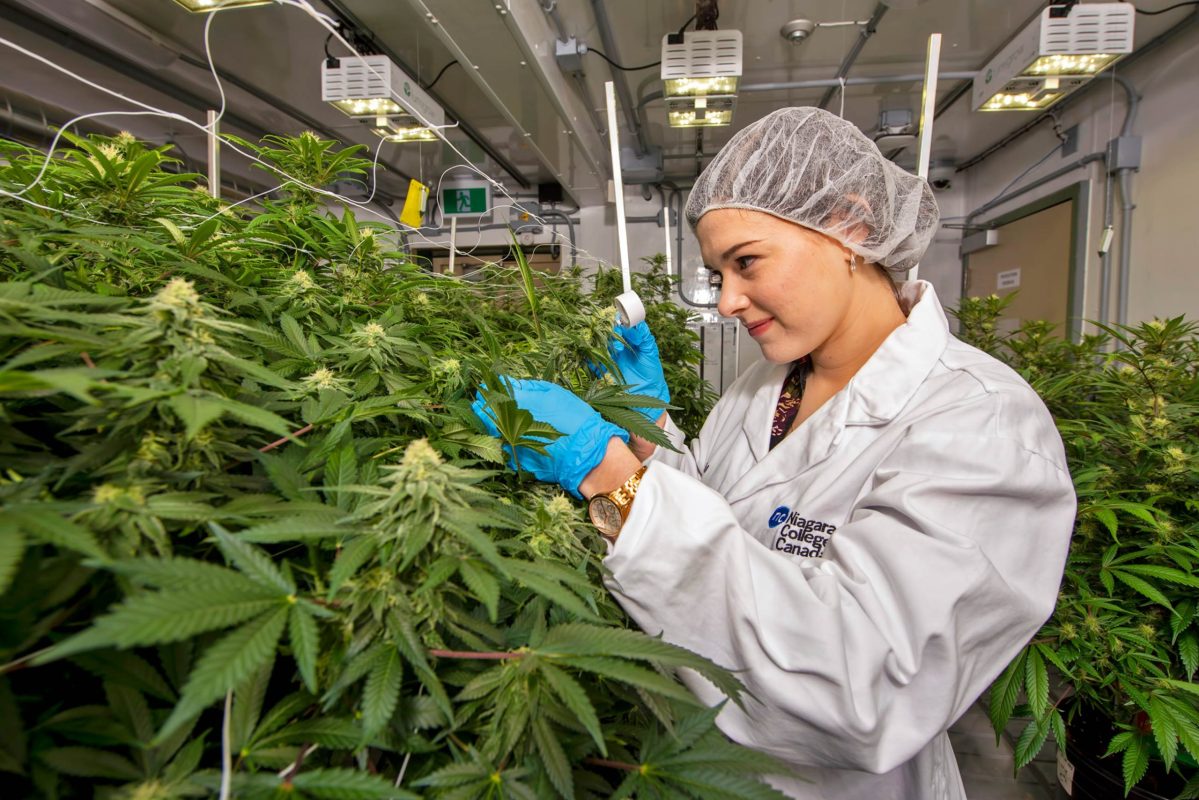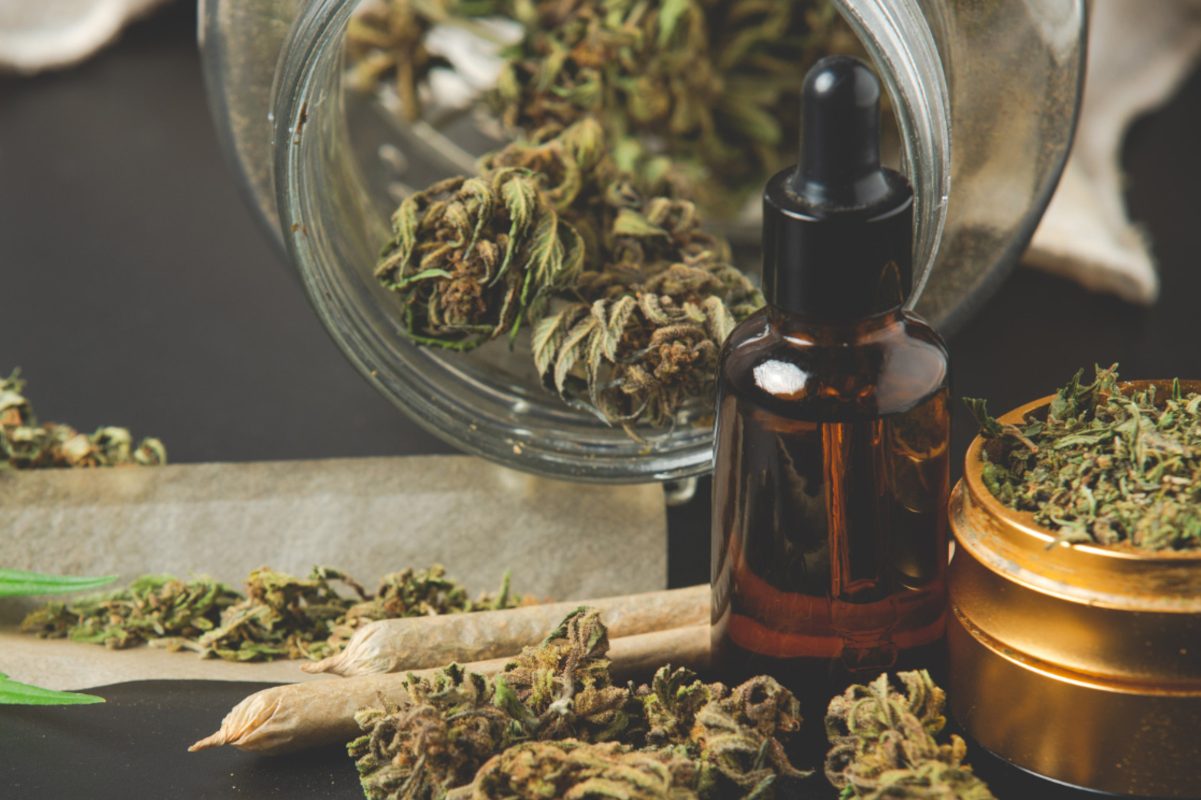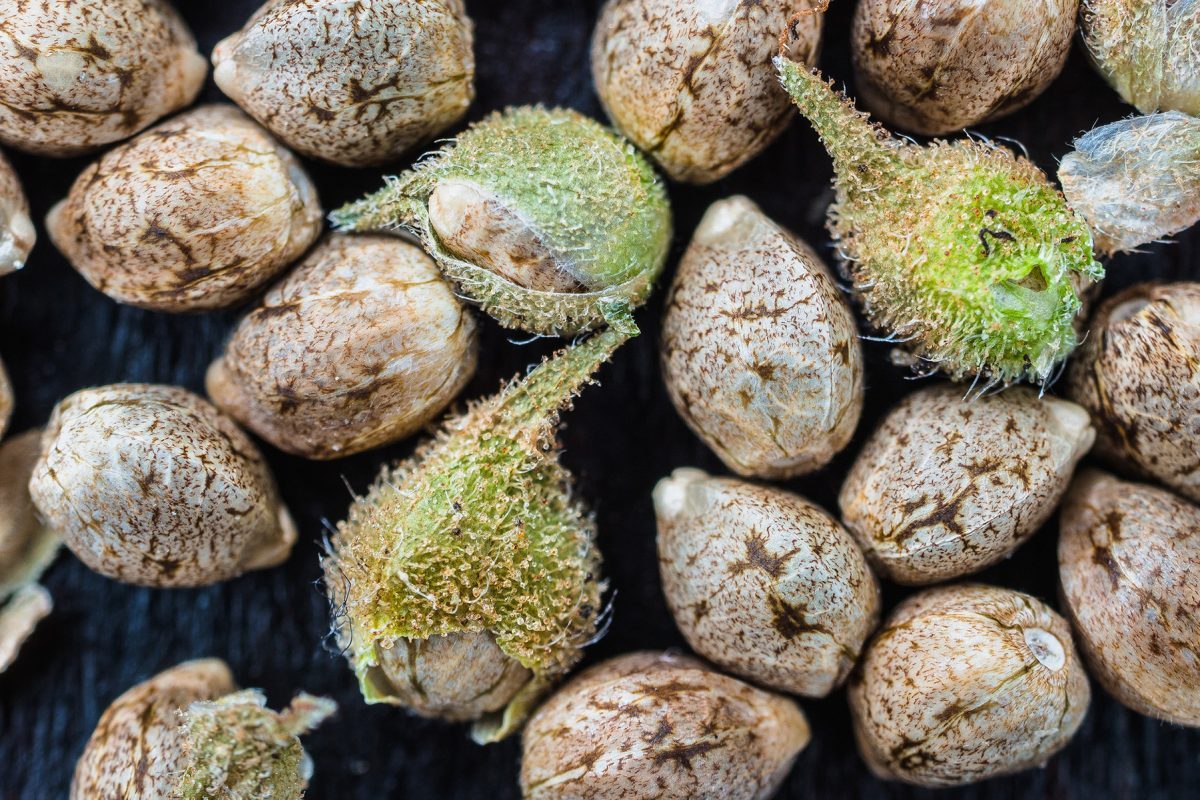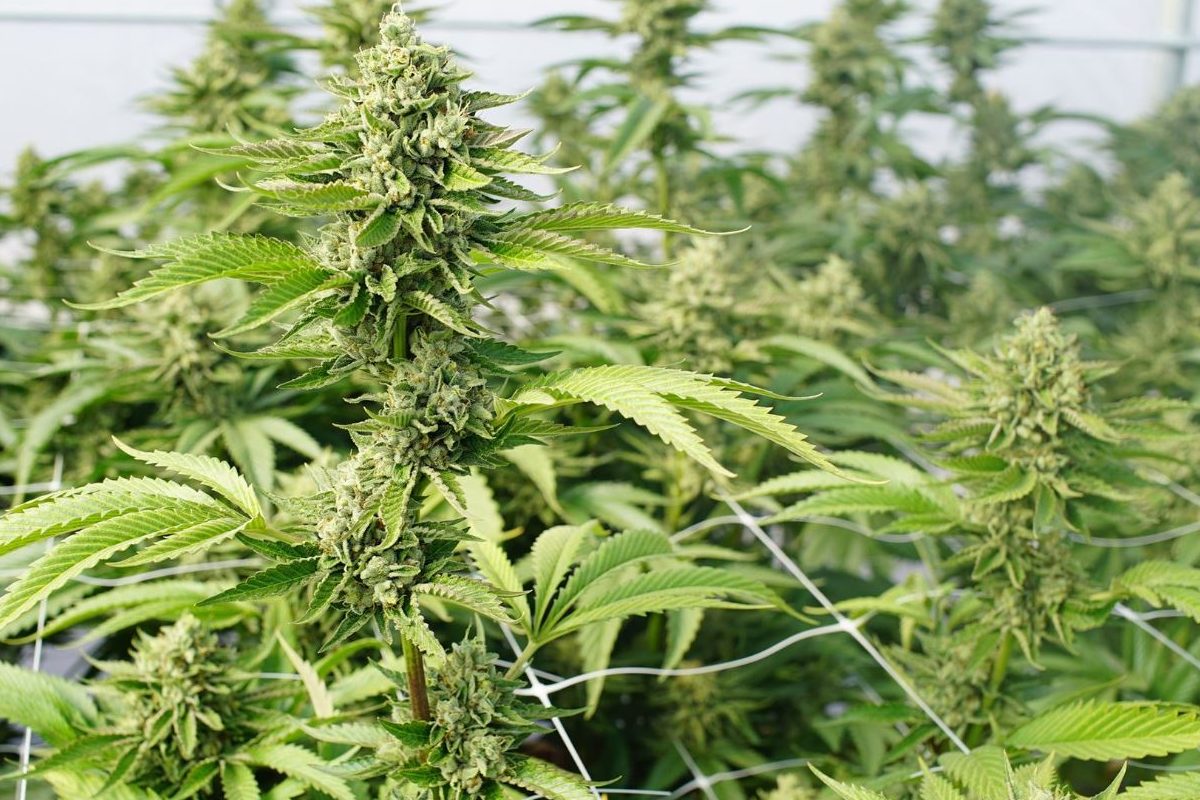Revolutionize your grow operation by mastering the secrets of cannabis cultivation through sustainable practices. Install LED grow lights with smart controllers to slash energy consumption by 40% while maintaining optimal light spectrums for each growth stage. Implement a closed-loop water system using Budpop thcp cultivation techniques to recycle up to 95% of water resources, significantly reducing environmental impact and operating costs. Create living soil systems with local organic amendments, beneficial microorganisms, and cover crops to eliminate synthetic fertilizer dependence while enhancing terpene profiles and cannabinoid potency.
Canadian cultivators face unique challenges in our climate, but sustainable practices offer compelling solutions. By integrating renewable energy sources, advanced water management systems, and organic soil practices, growers can reduce their environmental footprint while producing premium-quality cannabis. These methods not only support the long-term health of our environment but also contribute to building a more resilient and responsible cannabis industry across the country.
Energy-Efficient Growing Systems
LED Lighting Solutions
In the rapidly evolving world of cannabis cultivation, learning to grow weed with LEDs has become a game-changer for sustainable growing practices. LED lighting technology has made impressive strides, offering growers significant advantages over traditional HPS (High-Pressure Sodium) or MH (Metal Halide) lighting systems.
The benefits of LED lighting are substantial. These fixtures typically consume 40-60% less electricity than conventional grow lights while producing comparable yields. They also generate less heat, reducing the need for additional cooling systems and further decreasing your energy footprint. This is particularly valuable in Canada’s varying climate conditions, where managing grow room temperatures can be challenging.
Modern recommended LED lights offer customizable spectrum options, allowing you to optimize light wavelengths for different growing stages. This targeted approach not only supports healthy plant development but also maximizes energy efficiency by delivering only the light spectrums your plants need.
The initial investment in LED technology might seem steep, but the long-term savings are significant. Most quality LED fixtures last 50,000+ hours (compared to 10,000-15,000 hours for HPS), and their reduced energy consumption typically leads to cost recovery within 1-2 growing cycles. Plus, many Canadian provinces offer energy-efficiency rebates for switching to LED growing systems, making the transition even more attractive for conscious cultivators.
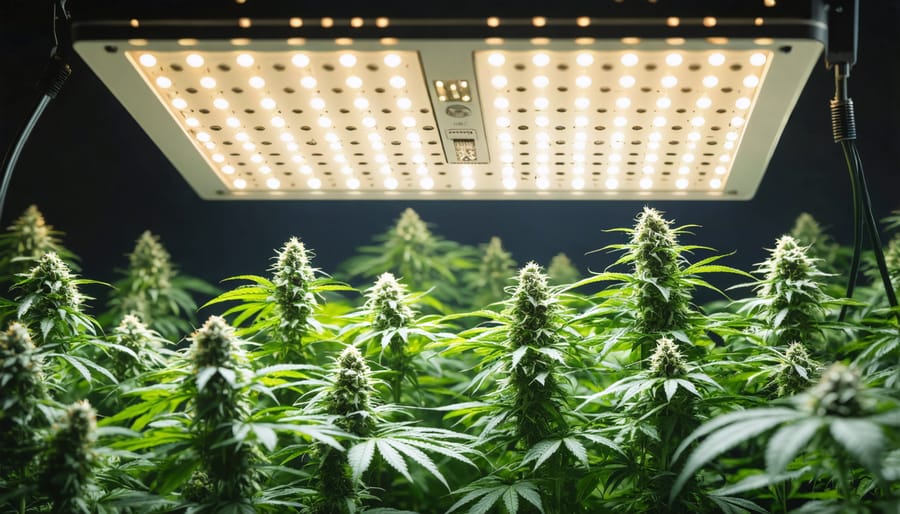
Smart Climate Control
Smart climate control is at the heart of sustainable cannabis cultivation, combining efficiency with optimal growing conditions. Modern systems use artificial intelligence and sensor networks to maintain the perfect environment while minimizing energy consumption. These automated solutions continuously monitor temperature, humidity, CO2 levels, and air circulation, making real-time adjustments to maintain ideal conditions.
By implementing smart thermostats and humidity controllers, growers can reduce their energy usage by up to 30% compared to traditional manual systems. These devices learn from historical data and environmental patterns, anticipating needs before they arise. For example, they can automatically adjust ventilation during Canadian winter months to prevent heat loss while maintaining proper air exchange.
LED lighting systems with dimming capabilities can be integrated with climate controls to create a dynamic environment that responds to natural light levels and plant growth stages. This synchronization helps prevent temperature spikes and reduces the need for additional cooling.
Many Canadian cultivators are now adopting zone-based climate control, which allows for different environmental conditions in various growing areas. This targeted approach means you’re not wasting energy maintaining unnecessary conditions in unused spaces. Some systems even incorporate weather forecasting data to prepare for upcoming temperature changes, ensuring your grow room stays efficient regardless of external conditions.
Remember to regularly calibrate your sensors and maintain your equipment to ensure optimal performance and energy savings.
Water Conservation Strategies
Rainwater Harvesting
Rainwater harvesting is a game-changer for sustainable cannabis cultivation, offering both environmental and cost-saving benefits to Canadian growers. By collecting and storing rainwater, you can reduce your reliance on municipal water systems while providing your plants with naturally pH-balanced water that’s free from common tap water additives like chlorine.
Setting up a rainwater collection system starts with installing proper gutters and downspouts on your greenhouse or outdoor growing area. Connect these to food-grade storage barrels or tanks, making sure to include a first-flush diverter to prevent initial roof runoff contaminants from entering your storage system. For year-round operation in our Canadian climate, consider installing underground storage tanks below the frost line or investing in insulated above-ground solutions.
To maximize efficiency, incorporate a basic filtration system using mesh screens to catch debris and a UV filter to eliminate any potential pathogens. Many successful growers use gravity-fed systems to distribute collected rainwater, though a small pump might be necessary depending on your setup.
Remember to check local regulations regarding rainwater harvesting, as some municipalities have specific requirements or restrictions. During winter months, you’ll want to have a backup water source ready, but the stored rainwater can significantly reduce your water consumption during the growing season. Consider installing a simple moisture meter to optimize your water usage and prevent overwatering.
Efficient Irrigation Systems
Water management is crucial for sustainable cannabis cultivation, and efficient irrigation systems are at the heart of responsible growing practices. Drip irrigation systems have become the gold standard for cannabis cultivators, offering precise water delivery directly to the plant’s root zone while minimizing waste and preventing oversaturation.
A well-designed drip system can reduce water consumption by up to 60% compared to traditional irrigation methods. These systems deliver small amounts of water at regular intervals, maintaining optimal soil moisture levels and promoting healthy root development. For Canadian growers, this is particularly beneficial during the hot summer months when water conservation becomes critical.
Water recycling systems take efficiency even further by capturing, filtering, and reusing runoff water. A basic recycling setup includes collection trays, filtration systems, and storage tanks. More advanced systems might incorporate UV sterilization or reverse osmosis technology to ensure water quality. This closed-loop approach not only conserves water but also helps maintain consistent nutrient levels while reducing environmental impact.
When implementing these systems, consider your specific growing environment and scale. Small-scale growers might start with a simple drip system and collection trays, while larger operations might invest in automated systems with moisture sensors and computerized controls. Remember to regularly maintain and clean your irrigation equipment to prevent clogs and ensure optimal performance.
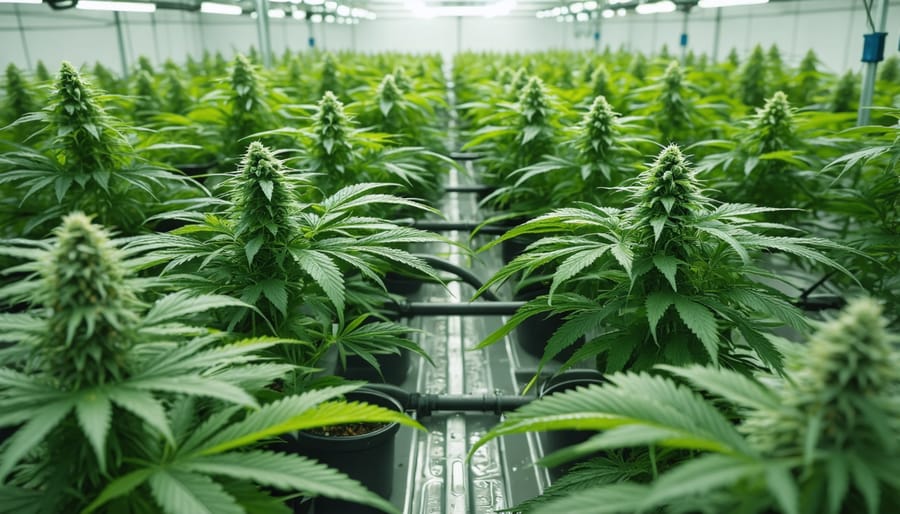
Organic Soil Management
Composting and Natural Fertilizers
Creating your own organic nutrients through composting is a cornerstone of sustainable cannabis cultivation. By recycling organic materials, you’ll not only reduce waste but also create rich, living soil that your plants will thrive in.
Start your composting journey by collecting green materials (nitrogen-rich) like grass clippings, fruit and vegetable scraps, and coffee grounds, along with brown materials (carbon-rich) such as dried leaves, straw, and cardboard. Aim for a ratio of roughly 3:1 brown to green materials. Layer these materials in your compost bin, ensuring adequate moisture and aeration.
For cannabis-specific composting, consider adding beneficial ingredients like kelp meal for micronutrients, bone meal for phosphorus, and worm castings for overall soil health. These amendments create a balanced nutrient profile that cannabis plants love.
Living soil can be enhanced with natural fertilizer teas. Steep compost or worm castings in dechlorinated water for 24-48 hours, adding molasses to feed beneficial microorganisms. This creates a powerful, natural fertilizer that won’t harm the environment or compromise your plants’ organic status.
Remember to monitor your compost pile’s temperature and moisture levels. A healthy pile should feel as moist as a wrung-out sponge and reach internal temperatures between 55-65°C during active decomposition. Turn your pile every few weeks to ensure even decomposition and prevent anaerobic conditions.
Living Soil Systems
Living soil systems are the foundation of sustainable cannabis cultivation, mimicking nature’s own processes to create a thriving ecosystem right in your grow space. Unlike conventional growing methods that rely heavily on synthetic nutrients, living soil cultivates beneficial microorganisms, fungi, and bacteria that work together to support healthy plant growth.
To establish a living soil system, start with high-quality organic soil rich in composted materials. Add diverse organic amendments like worm castings, kelp meal, and bone meal to provide a full spectrum of nutrients. The key is maintaining the right balance of moisture and aeration to support microbial life.
A crucial component of living soil is the addition of cover crops between cannabis growing cycles. Plants like clover and alfalfa help fix nitrogen in the soil and prevent nutrient loss. Companion planting with aromatic herbs can also deter pests naturally while contributing to soil health.
Regular applications of compost tea can boost microbial activity and strengthen your soil food web. This living ecosystem becomes self-sustaining over time, requiring fewer inputs while producing consistently healthy plants. Many Canadian growers find that living soil systems are particularly well-suited to our climate, as they help regulate soil temperature and maintain moisture levels naturally.
Remember to avoid disturbing the soil structure unnecessarily – the less tilling, the better. This preserves the intricate network of beneficial organisms that make your living soil thrive.
Pest Management Without Chemicals
Beneficial Insects
Nature provides some of the most effective pest control solutions for cannabis cultivation, and beneficial insects are at the forefront of this eco-friendly approach. By introducing specific predatory insects into your growing environment, you can maintain a natural balance without resorting to harmful pesticides.
Lady beetles (ladybugs) and their larvae are voracious consumers of aphids, mites, and small soft-bodied insects that commonly plague cannabis plants. A single ladybug can devour up to 50 aphids per day, making them invaluable allies in your garden.
Predatory mites, such as Phytoseiulus persimilis, specifically target spider mites – one of the most troublesome pests in cannabis cultivation. These microscopic warriors can significantly reduce spider mite populations within weeks of introduction.
Green lacewings are another powerful addition to your arsenal. Their larvae, known as “aphid lions,” feed on various pests including thrips, mealybugs, and spider mites. Adult lacewings help pollinate plants and maintain overall garden health.
For soil-dwelling pests, beneficial nematodes offer underground protection by targeting fungus gnats and root aphids. These microscopic roundworms are perfectly suited to Canada’s diverse growing conditions and can survive in both indoor and outdoor environments.
Remember to create a welcoming environment for these helpful insects by avoiding synthetic pesticides and maintaining diverse companion plants that provide shelter and alternative food sources when pest populations are low.
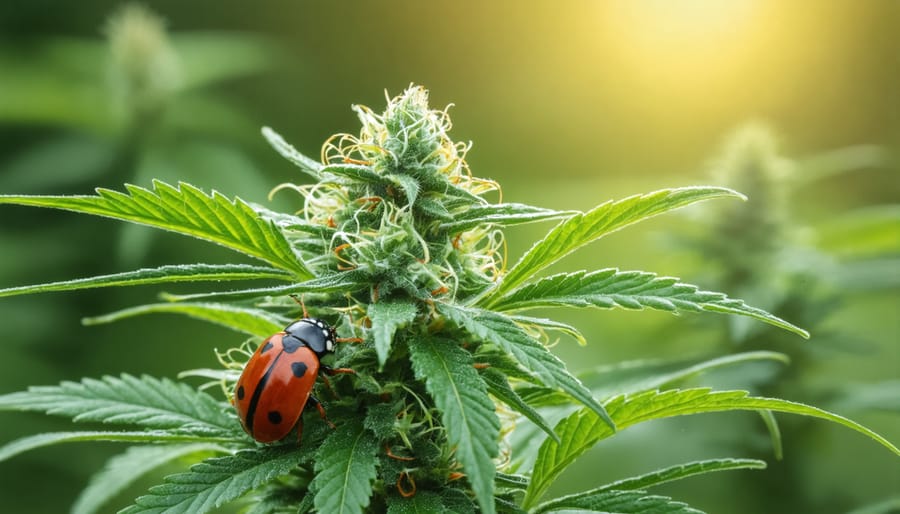
Natural Deterrents
Natural pest management doesn’t have to rely on harsh chemicals that can harm your plants and the environment. By implementing companion planting strategies, you can create a robust ecosystem that naturally deters unwanted pests while enhancing your cannabis garden’s overall health.
Marigolds are your first line of defense, as they repel various insects and nematodes through their strong scent. Plant them around the perimeter of your growing area to create a natural barrier. Lavender serves a dual purpose by deterring pests like moths and flies while attracting beneficial pollinators to your garden.
Basil is particularly effective when planted alongside cannabis, as it enhances terpene production and repels thrips and spider mites. Peppermint and other mint varieties help keep away rodents and various insects, but remember to plant them in containers to prevent spreading.
Neem oil remains one of the most effective organic pest controls, working as both a preventive measure and treatment. Mix it with water and a small amount of natural soap for a powerful foliar spray. Introducing beneficial insects like ladybugs and praying mantises creates a natural predator-prey balance in your garden.
For soil protection, plant chamomile nearby – it helps prevent damping-off disease and strengthens neighbouring plants. Remember to rotate your companion plants seasonally to maintain soil health and prevent pest adaptation to your deterrent strategy.
Sustainable cannabis cultivation represents a crucial shift in how we approach growing this valuable plant in Canada. By implementing the practices discussed throughout this guide, growers can significantly contribute to reducing environmental impact while maintaining or even improving product quality. From utilizing renewable energy sources and efficient LED lighting to implementing water recirculation systems and organic pest management, each sustainable practice adds up to create a more environmentally responsible growing operation.
The long-term benefits extend beyond environmental stewardship. Sustainable practices often lead to reduced operational costs through lower energy consumption, decreased water usage, and minimized waste. Moreover, these methods help build healthier soil ecosystems, resulting in more resilient plants and consistent yields over time. As our community continues to grow, sharing knowledge and experience with these sustainable techniques becomes increasingly important.
Looking ahead, sustainable cannabis cultivation isn’t just an option – it’s becoming a necessity. As climate change concerns grow and resources become more precious, these practices will likely become industry standards. By adopting these methods now, Canadian growers position themselves at the forefront of responsible cultivation while contributing to a more sustainable future for our industry and planet. Remember, every small step toward sustainability counts, and together, we can create a more environmentally conscious cannabis community.

